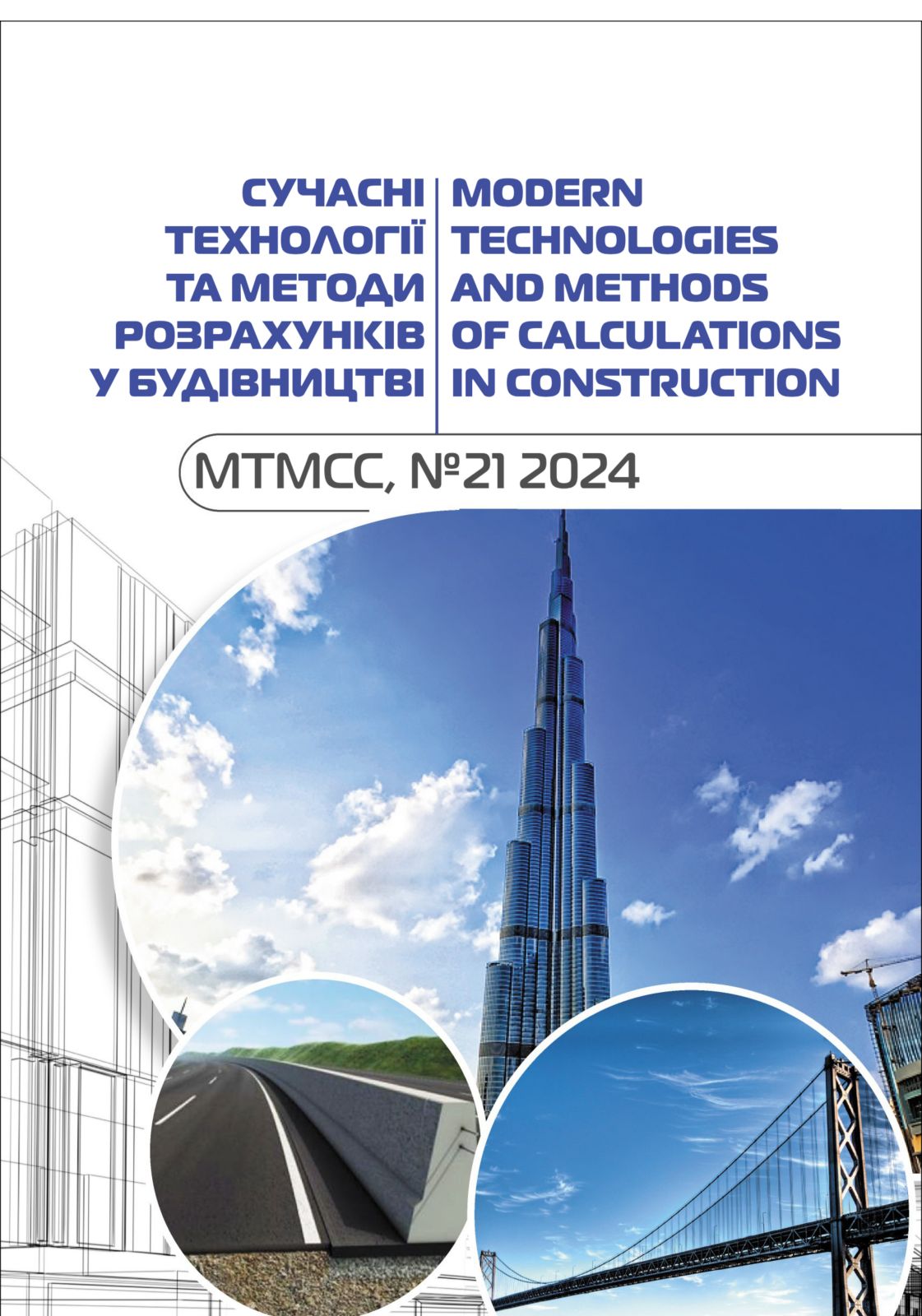Review of spectral indices for remote sensing of urban areas
Abstract
Today, the global trend of urbanization has made frequently updated maps critical. Land use and land cover maps are useful for government planning, environmental management, disaster management, and for promptly informing the general public about certain needs. The relationship between urbanization and environmental impacts can be analyzed by mapping the extent and severity of environmental impacts as cities expand. Maps can serve as an emergency response tool for natural disasters such as fires, earthquakes, and floods, where the extent and severity of disasters can be mapped and analyzed to support response efforts. The problem of creating such maps on a large scale can be solved with the help of satellite remote sensing.
Satellite remote sensing sensors have several spectral bands for use in analysis, where each band can have advantages based on the properties of materials that can be identified in different parts of the light spectrum. Remote sensing data provides a bird's eye view of changes associated with urban growth. High-resolution remote sensing is very useful for mapping the extent of urbanization as well as for mapping individual objects, and the research presented here focuses mainly on moderate-resolution satellites. Medium-resolution data can be sufficient for mapping urban areas and are generally available for free in large time series volumes compared to high-resolution data, which are expensive to acquire, making them unsuitable for institutions with limited budgets. This paper aims to systematize the most relevant spectral indices for urban environments, including multispectral, thermal, and nighttime light indices. This review helps to better understand the possibilities of using spectral indices in urban research, the selection of the most appropriate indices for specific tasks, taking into account the available spectral bands, as well as their advantages and limitations.








